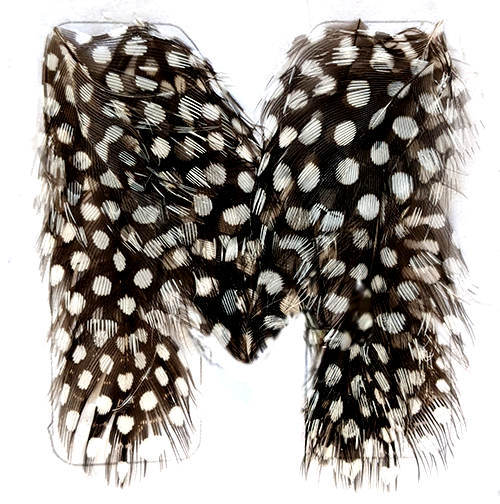Drought pales the dip of meadow coming into view. Treed and ryegrass-covered, this place is unrecognizable as a former rail dump. Today, the dog pulls hard at the sight of a coyote up ahead. I’ve seen rabbits and pheasants here other days; watched birds building nests. The low hills of the dump are between the off-leash run and the fence with NO TRESPASSING signs. Across the fence is Shoreham Yard, the 230-acre polluted train, trucking, and bulk-distribution site two blocks from my house.
Up ahead, a structure of wood. At first I think it might be where someone is living, but closer, it is a discarded shipping pallet with a rail tie over the bed. Maybe I keep coming here because as much as this is a site of burial, it is imperfect. No ruin but active. Diesel particulates catch the breeze. Nothing from the past peeks through the tallgrass, but I know that the surface and subterranean, past and present, meet here.
It is June; ephemerals line the fence. Snow trillium and skunk cabbage. Across the chain-link, the U.S. Department of Health and Human Services Agency for Toxic Substances and Disease Registry has determined this brownfield to be vast and complex with significant petroleum and solvent-related soil contamination reaching deep below, down to the water table, and impacting groundwater.
The dump poses questions of scale, perception, and concern. What has died here? What grows from the violent soil?
Walking, I think about Terry Tempest Williams visiting the Great Salt Lake to grieve for her dying mother and also the wounded water basin. “Death is no longer what I imagined it to be,” she writes. It is not a vacancy but a crowding and “earthy like birth.” She cannot prove or disprove that her mother developed cancer after being exposed to atomic bomb tests in their desert home in the 1950s, but one night, she joins nine other women who trespass together, entering “the contaminated country.” “The women couldn’t bear it any longer,” she writes in her memoir of personal and ecological grief.
Were the women restless, tired of waiting? It seemed some days that he was both dying and not dying. How to be with what is happening relentlessly and invisibly and gradually? The women walked onto a testing site to protest the long abuses of the land. When they were eventually arrested, after being questioned about why they’d come, they answered back: “We are mothers and we have come to reclaim the desert for our children.”
Notes on “The Soo Line Dump”
Rebecca Altman, “On What We Bury,” ISLE: Interdisciplinary Studies in Literature and Environment 21, no. 1 (Winter 2014): 85–95.
I walk the dump with Rebecca Altman’s scholarship on body burden in mind. The earth is not static or fixed, Altman observes, but it “is flux and system and process . . . which means nothing stays embodied or buried forever.” While not a direct quote, my inclusion of thought connected to imperfect sites of burial and the shifting activity of the earth owes much to Altman’s writing and thinking throughout her essay “On What We Bury.”
U.S. Department of Health and Human Services Agency for Toxic Substances and Disease Registry, “Health Consultation: Soo Line Shoreham Yard East Side,” September 25, 2007, 6.
Terry Tempest Williams, Refuge (New York: Vintage, 1992), 219; 288–89.
I paraphrase Terry Tempest Williams. Here’s the full quote from Refuge: “Death is no longer what I imagined it to be. Death is earthy like birth, like sex, full of smells and sounds and bodily fluids. It is a confluence of evanescence and flesh” (219). Also from Refuge: “The women couldn’t bear it any longer” and the reference to “the contaminated country” and the quote “We are mothers and we have come to reclaim the desert for our children” (288–89).

KATHRYN SAVAGE’s debut lyric essay collection, Groundglass, is forthcoming from Coffee House Press. She is the recipient of the James Wright Prize from the Academy of American Poets, and her writing has appeared in American Short Fiction, BOMB Magazine, Ecotone Magazine, Poets.org, World Literature Today, and the anthology Rewilding: Poems for the Environment.
MAGALI PIJPERS is a photographer and writer based in Austin, Texas, with work appearing in Dazed & Confused, PIG Magazine, Tar Mag, and Synonym Journal.
If you enjoyed this piece, be sure to check out Kathryn Savage’s forthcoming book, Groundglass, from which it is excerpted. Coming soon from Coffee House Press!







